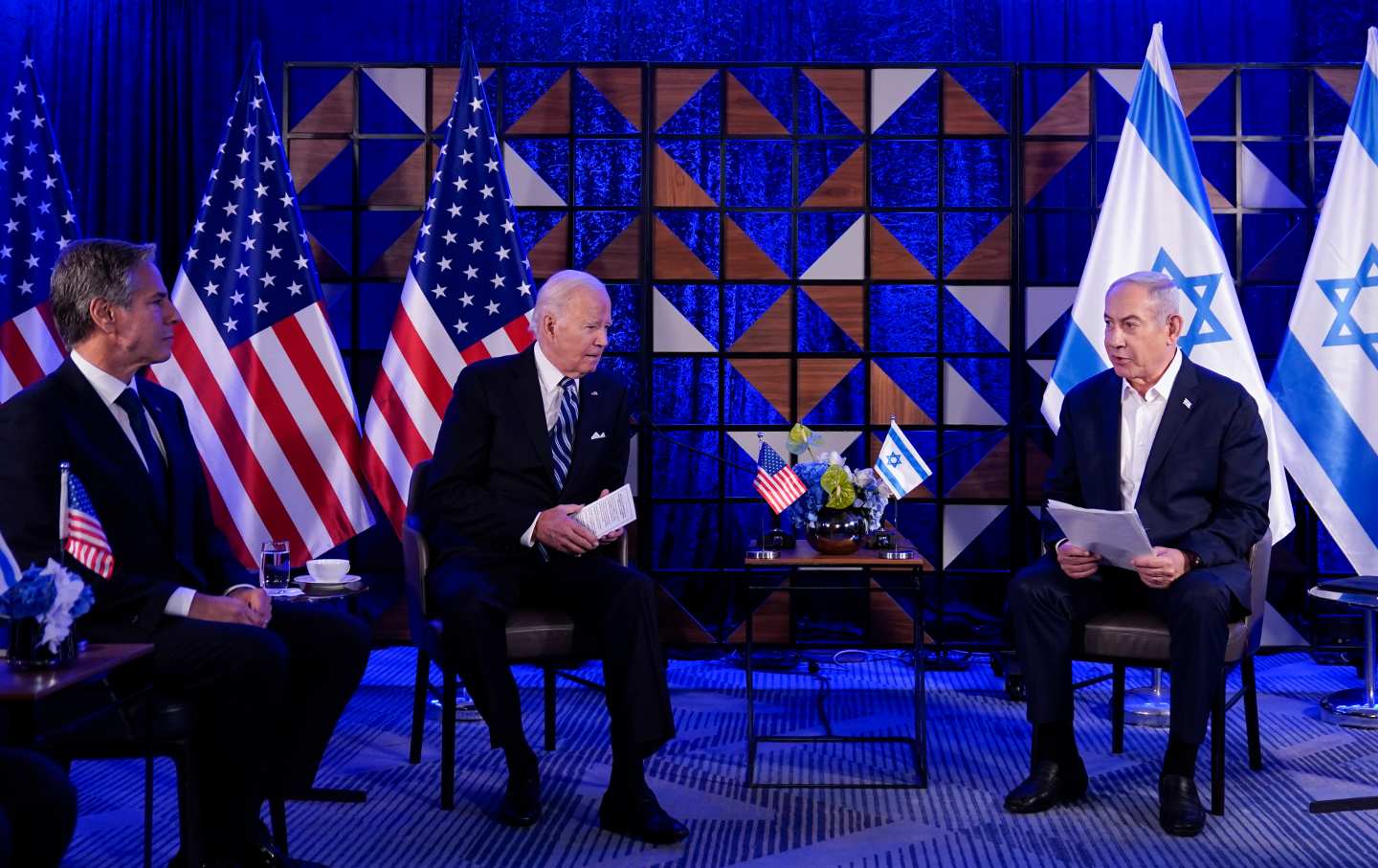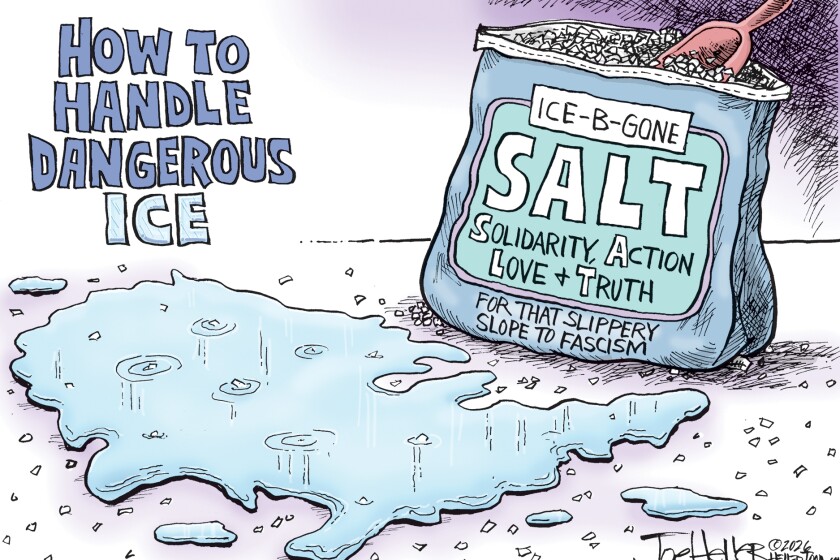NOVEMBER 17, 2023
Israel’s relentless bombardment of Gaza shows no signs of stopping, but the United States is already thinking about what should happen when the bloodshed ends. Speaking to reporters last week, US Secretary of State Antony Blinken suggested that the territory’s governance should be unified with the West Bank, and laid out a series of edits for the future of Palestine.
“Gaza cannot continue to be run by Hamas,” Blinken said. “It’s also clear that Israel cannot occupy Gaza…. it is imperative that the Palestinian people be central to the governance of Gaza and the West Bank.
Blinken’s parameters were defied days later by Israel’s Prime Minister Benjamin Netanyahu, who declared, “IDF forces will remain in control of the Strip,” and made clear that he will not allow the Palestinian Authority to play a role there.
(Netanyahu then told Fox News that Israel “does not seek to occupy” Gaza, though, given the facts on the ground, it is hard to know how Israel defines “occupation.”)
The back-and-forth over what comes next in Gaza has prompted headlines like this one from NBC News: “The gap between the Biden administration and Netanyahu government over Gaza’s future is widening.”
But there is a glaringly absent party in these conversations:
The Palestinian people themselves.
Nobody seems particularly interested in what they might have to say about the future of their land.
Unfortunately, this is nothing new. Palestinians have long been accustomed to outsiders dictating what their land should look like and how it should be ruled. Britain’s 1917 Balfour Declaration promised a Jewish homeland in Palestine; the League of Nations mandate authorized British rule there; and the 1947 UN partition plan called for the country to be divided in two. In more recent years, Donald Trump’s “deal of the century” reimagined Palestine as an archipelago of townships and factories, connected via tunnels to ensure that the sight of Palestinians would not disturb Israelis living above.
Today, Netanyahu and Blinken’s designs for Gaza seem particularly egregious, with the former killing over 11,000 people there using weapons supplied by the government of the latter—a government that has steadfastly refused to call for a cease-fire, has labeled the few American politicians who have done so “repugnant,” and has never held Netanyahu or his extremist coalition to account—either for defying US policy or for blatantly violating international law, both before and after Hamas’s attack on October 7.
But aside from the audacity, these ideas are poorly thought-out and are likely to fail.
- Cynics, for instance, might find some contradiction in Blinken’s assertion that Palestinians should have a role in their own governance, as long as they exclude arguably their most popular political party.
- Others might point out that refusing to accept Hamas’s rule in Gaza has been US policy since the George W. Bush era, but that hasn’t precluded Hamas from actually ruling Gaza. (Some—like the UN—might even be surprised to find out that Israel apparently has not been occupying Gaza this whole time.)
Israel’s 2005 “withdrawal” from Gaza was spurred by the high cost of maintaining its settlers and soldiers there under fire from Palestinian armed resistance. If the Israeli military does prolong its presence inside Gaza, that cost will likely be much higher and much bloodier than before, as the capabilities of Palestinian fighters have grown exponentially in the intervening years.
The cost would also be political.
And therein lies the rub. Because all this talk of who will rule postwar Gaza and all the sober-sounding statements about the need to eliminate Hamas conveniently ignores what is the most likely outcome: that Hamas, both as a military force and a political movement, survives.
- Despite the massive destruction wrought by Israel’s air force and artillery and a civilian death toll that has produced revulsion and outrage around the world, there is little to suggest that Hamas’s military capabilities have been severely degraded.
- Its fighters are engaging Israeli armor in sporadic street battles amongst the apocalyptic ruins of northern Gaza.
- Its tunnel system, constructed for this type of war, does not seem to have been compromised.
- And its rocket silos are still unleashing daily volleys at Israeli towns and cities. Israeli officials have portrayed the ongoing battle around Gaza City as potentially decisive, but Hamas is just as strong in the southern half of the Gaza Strip that the Israeli military has not entered.
__________________________________________________________________________________






No comments:
Post a Comment